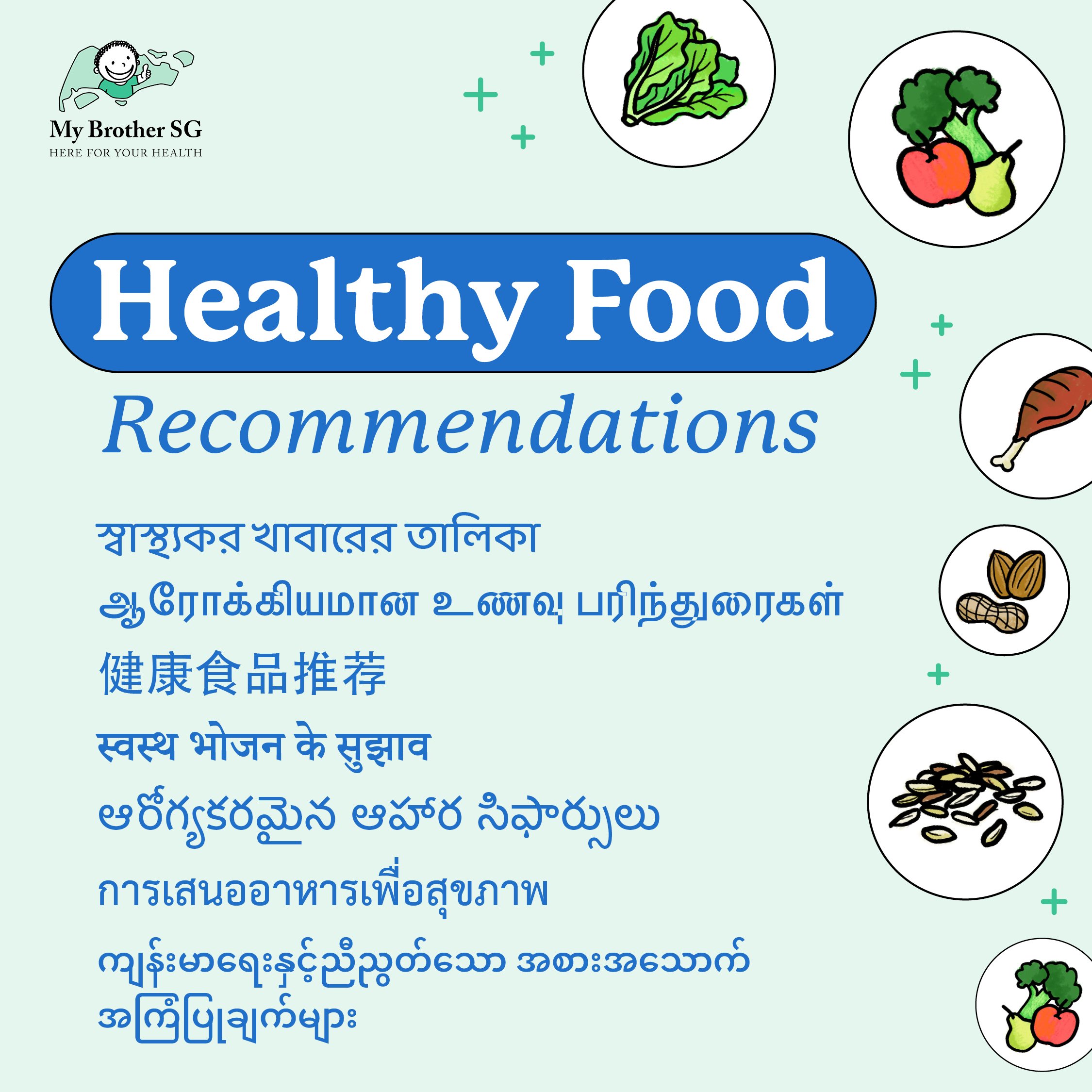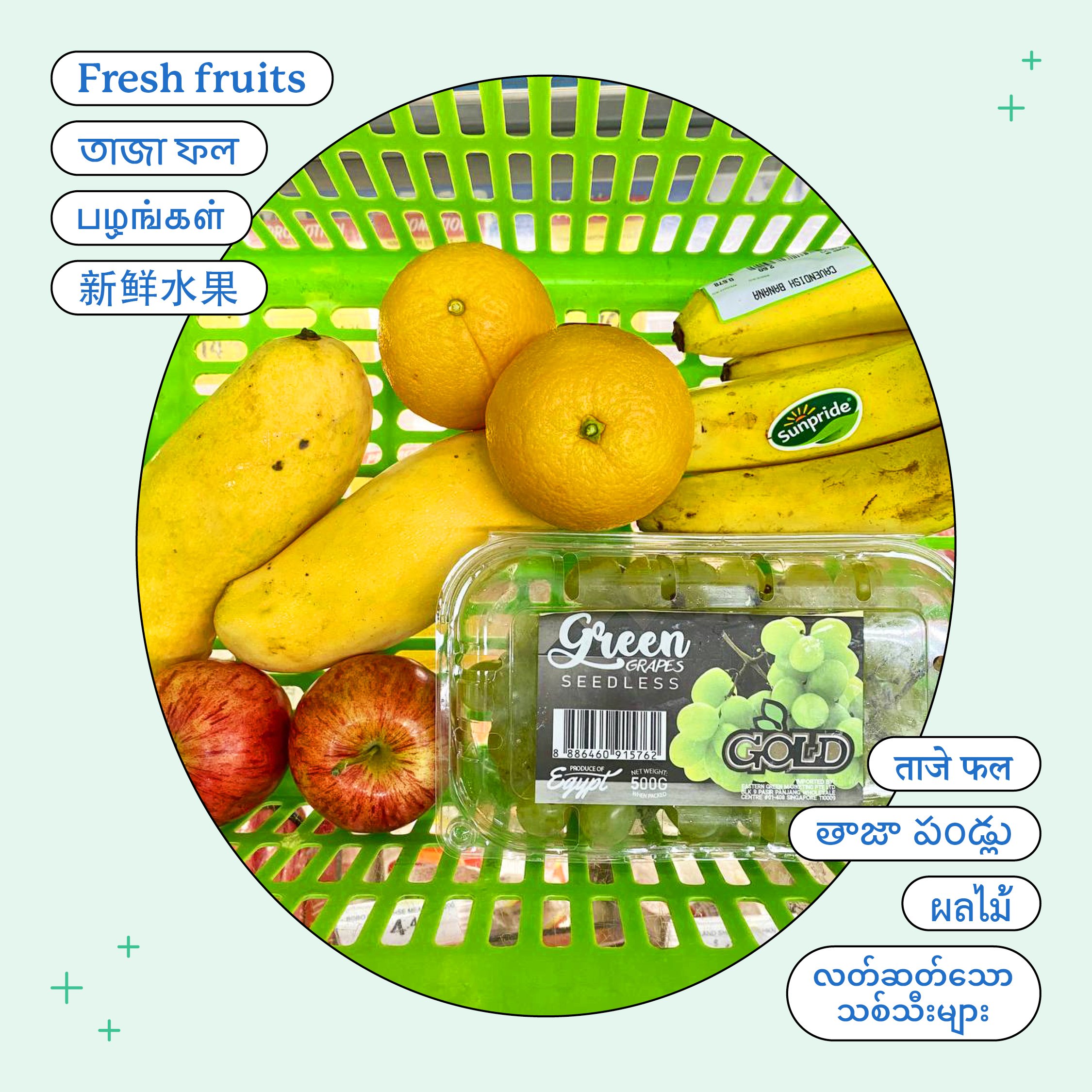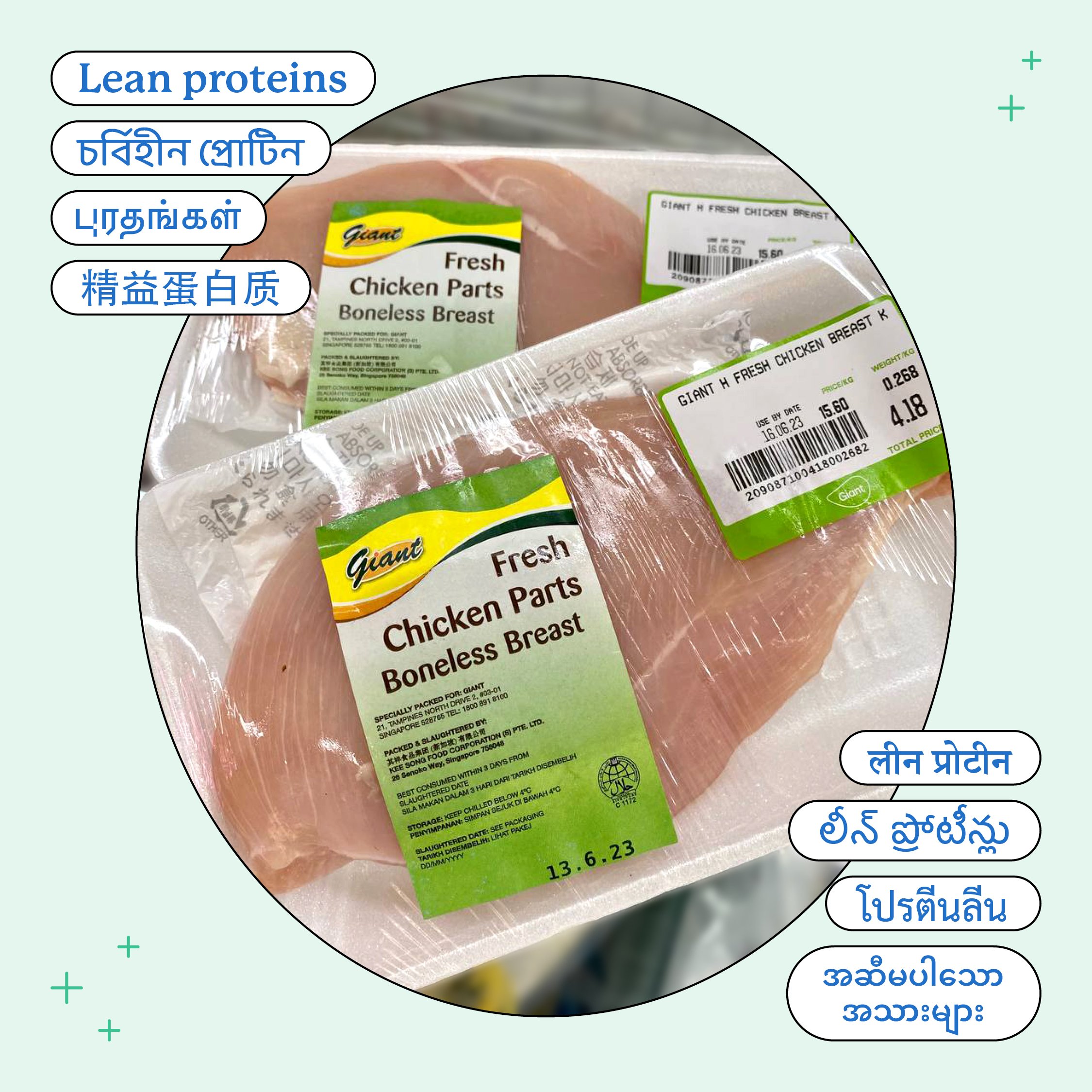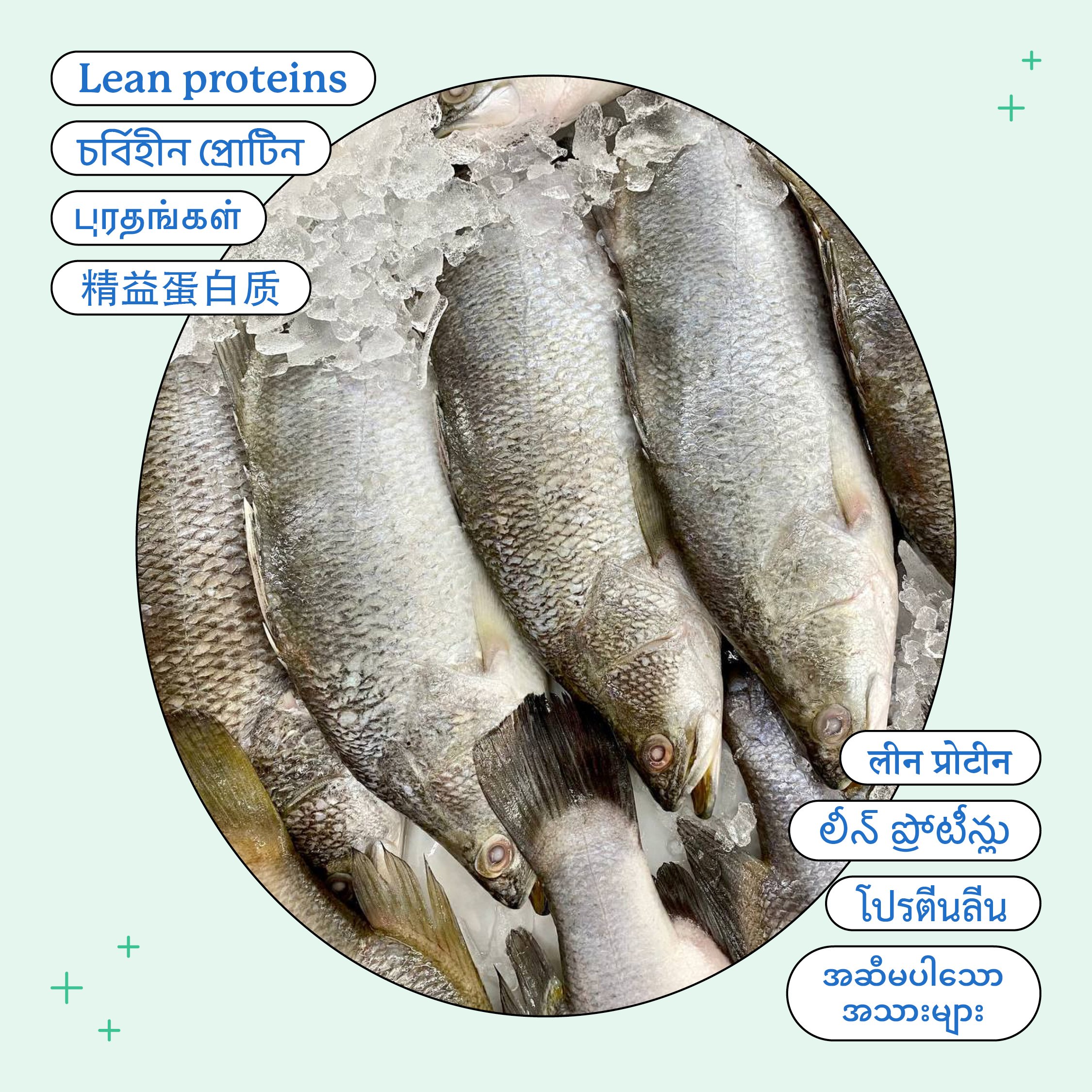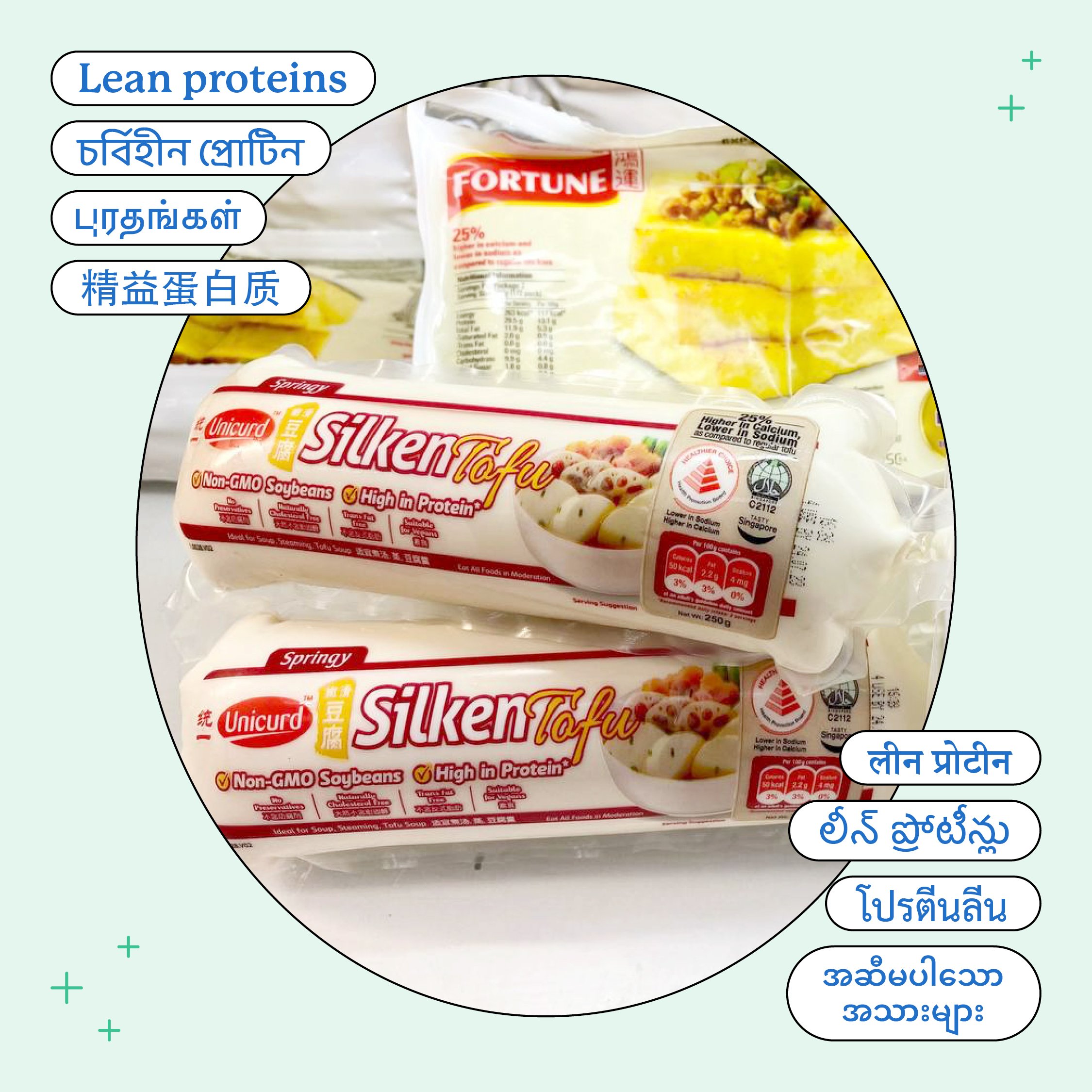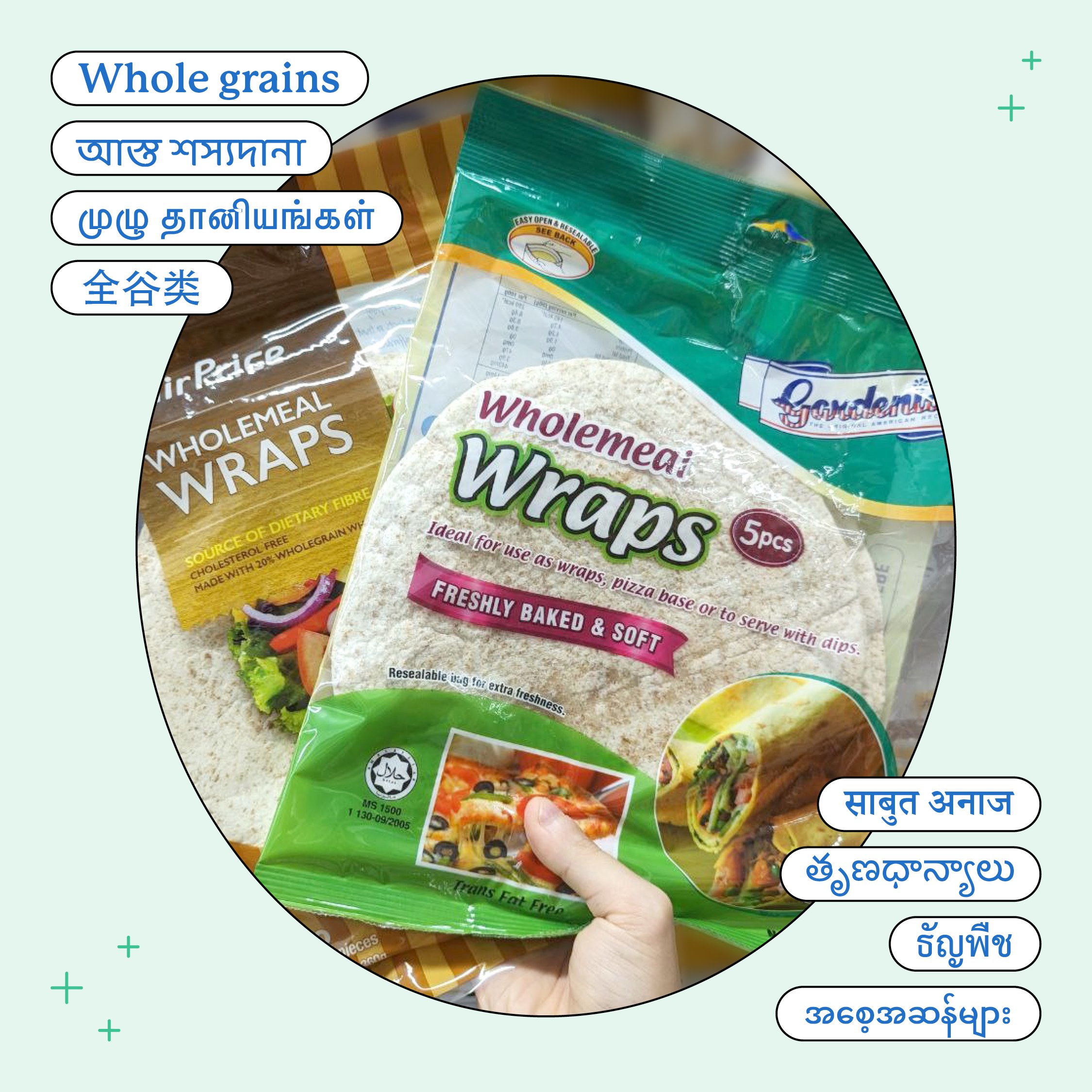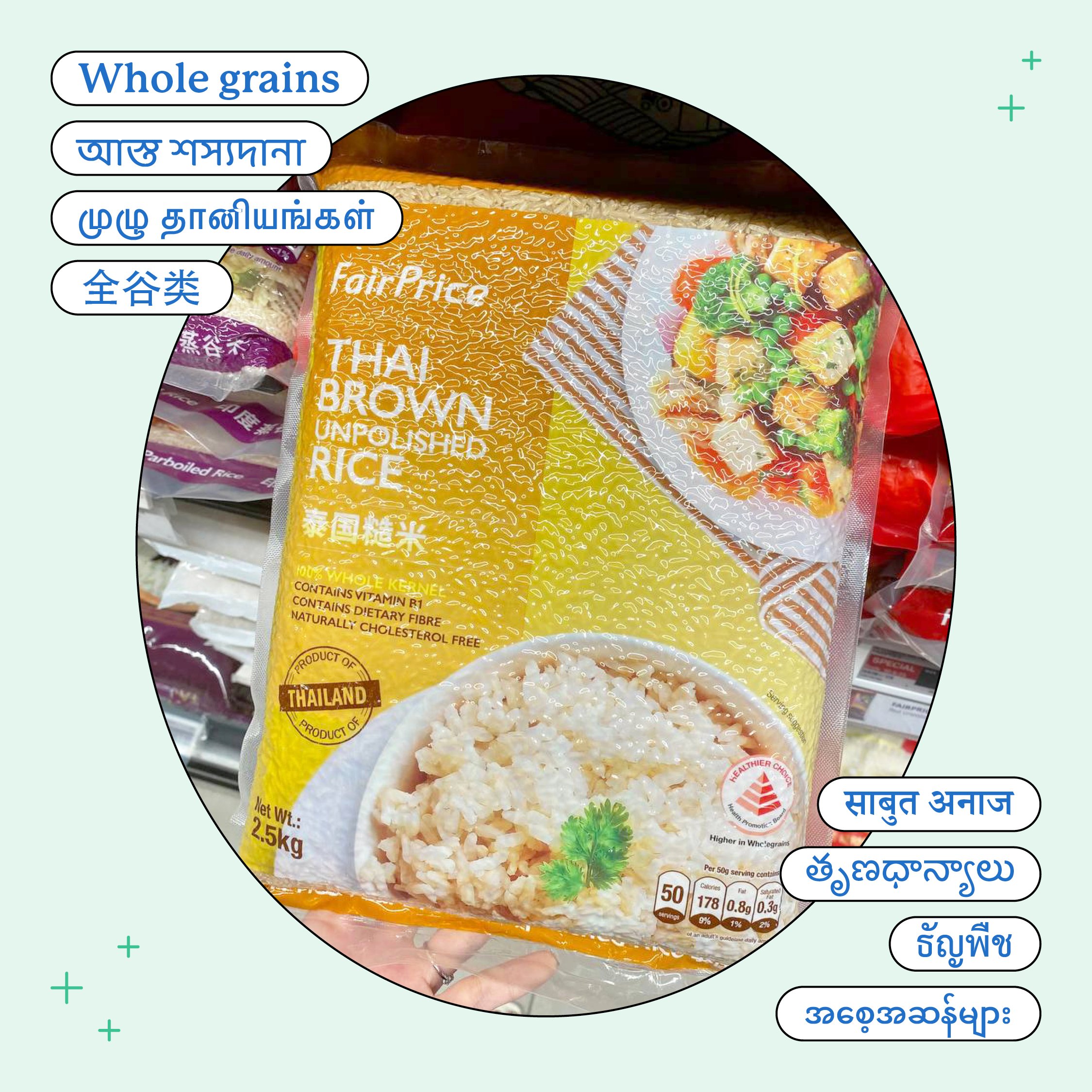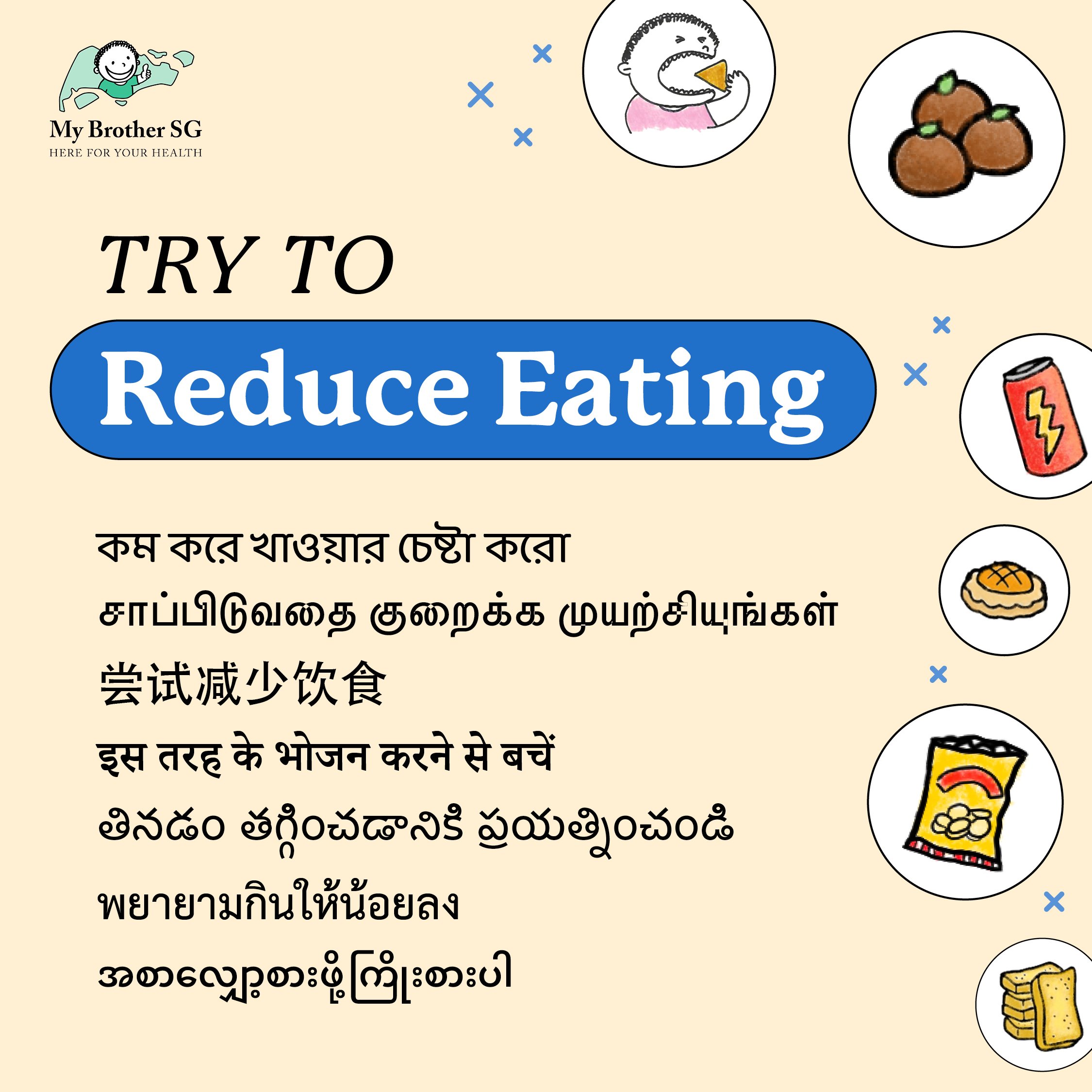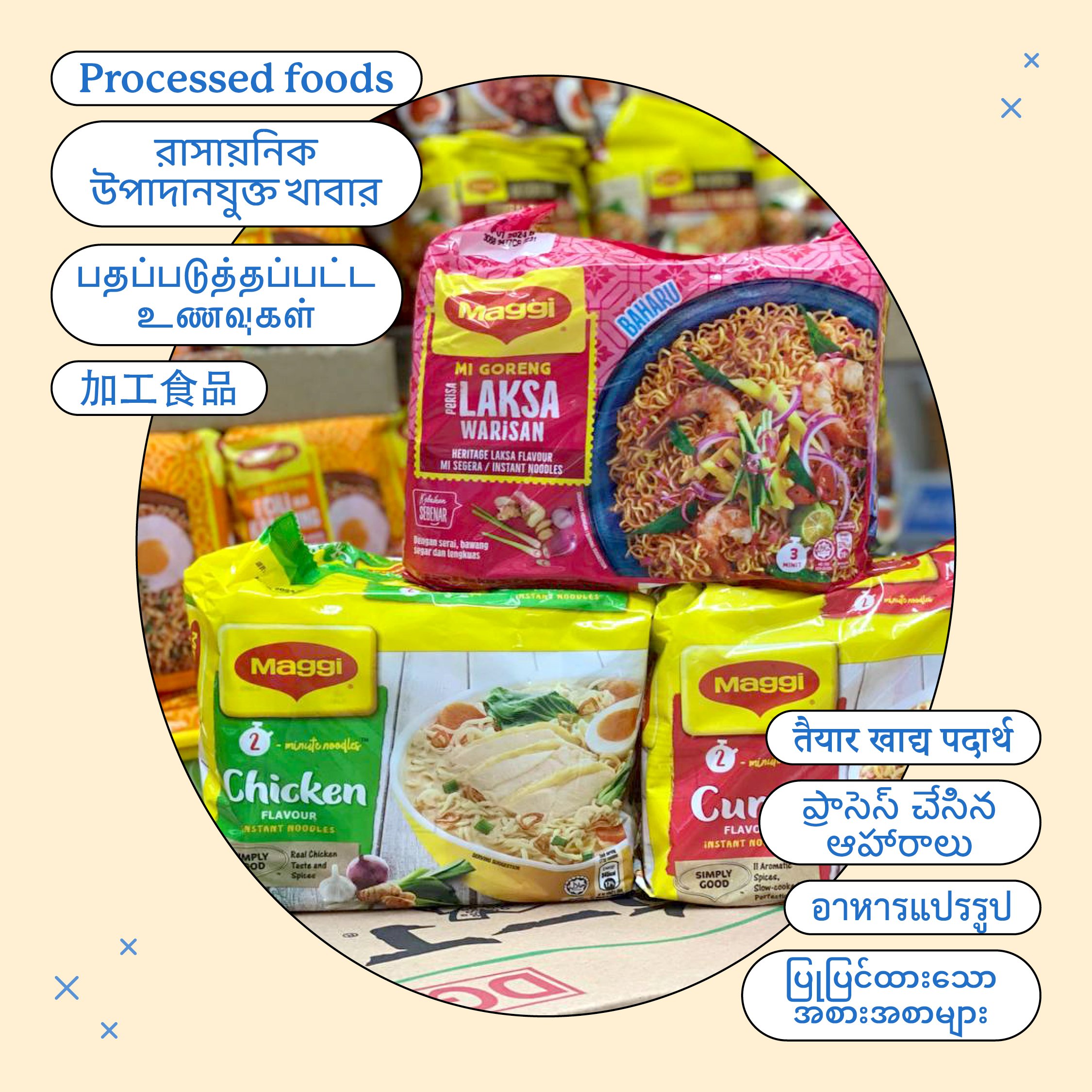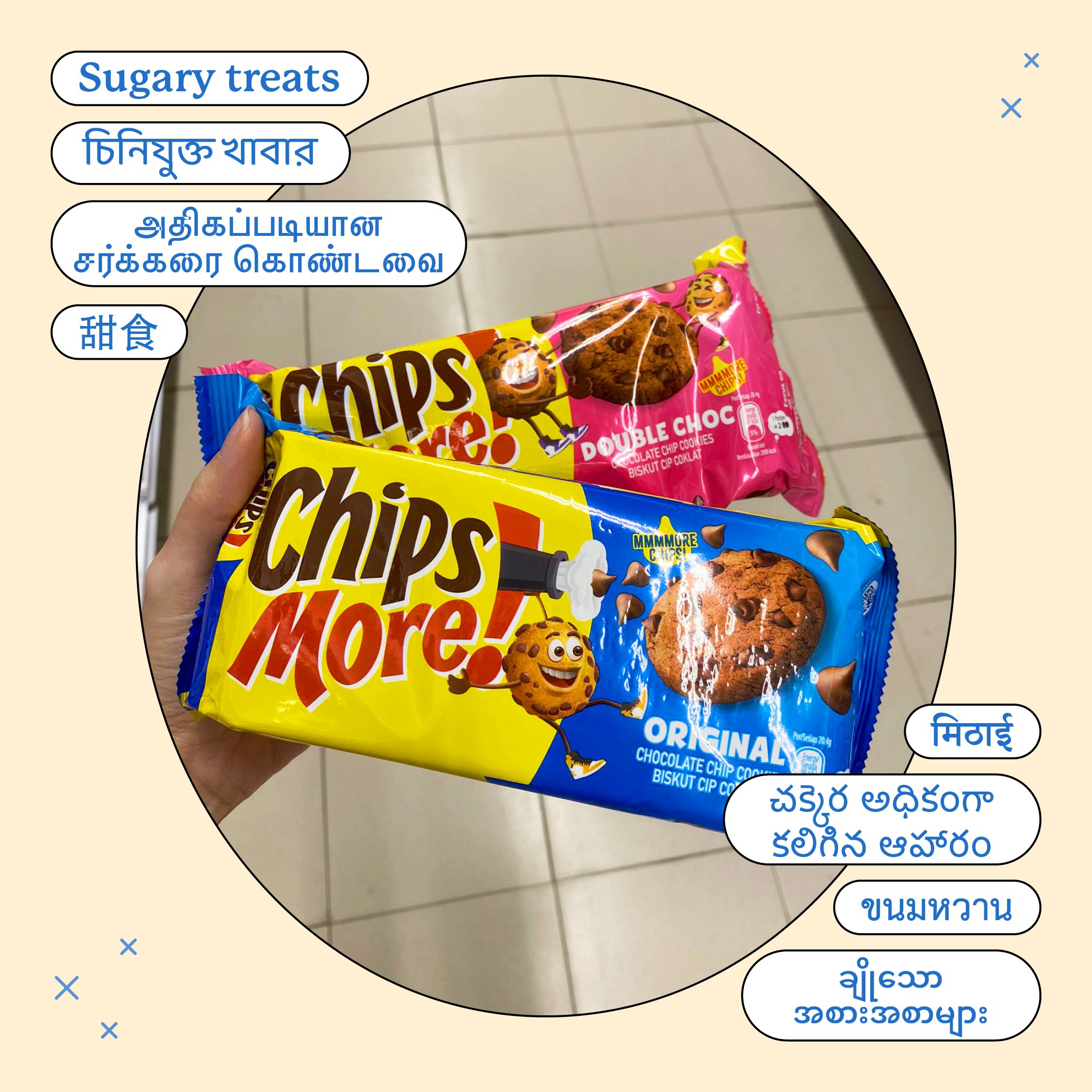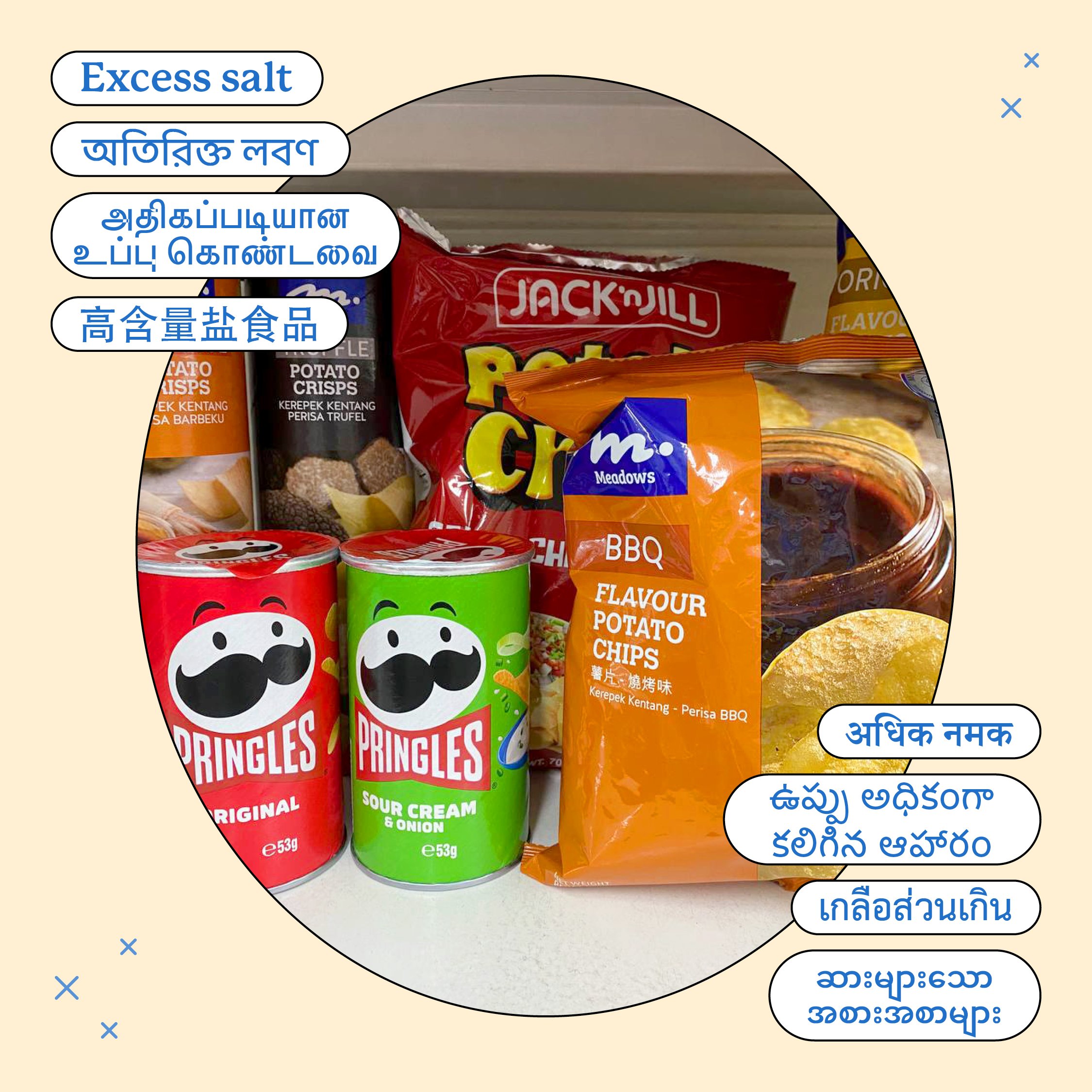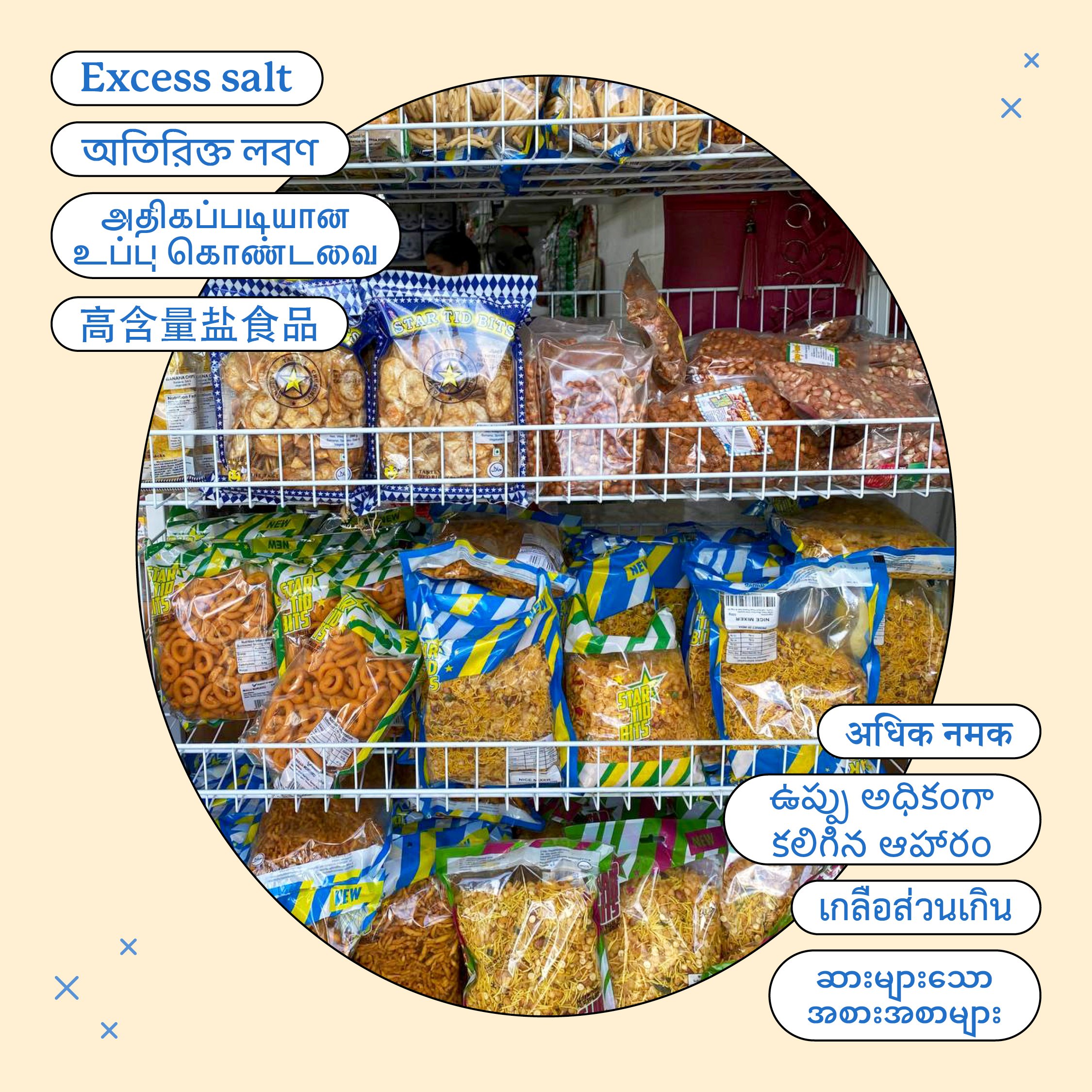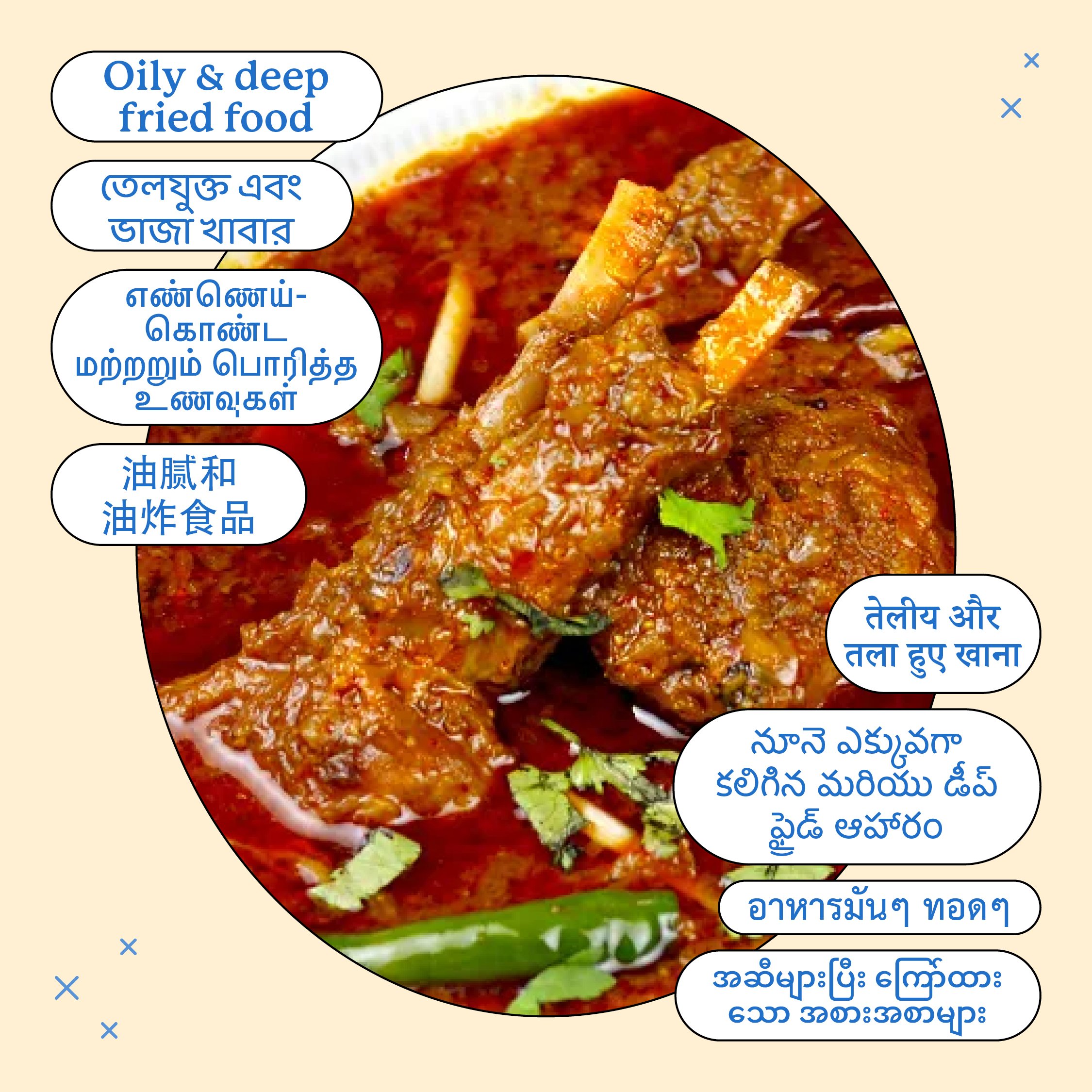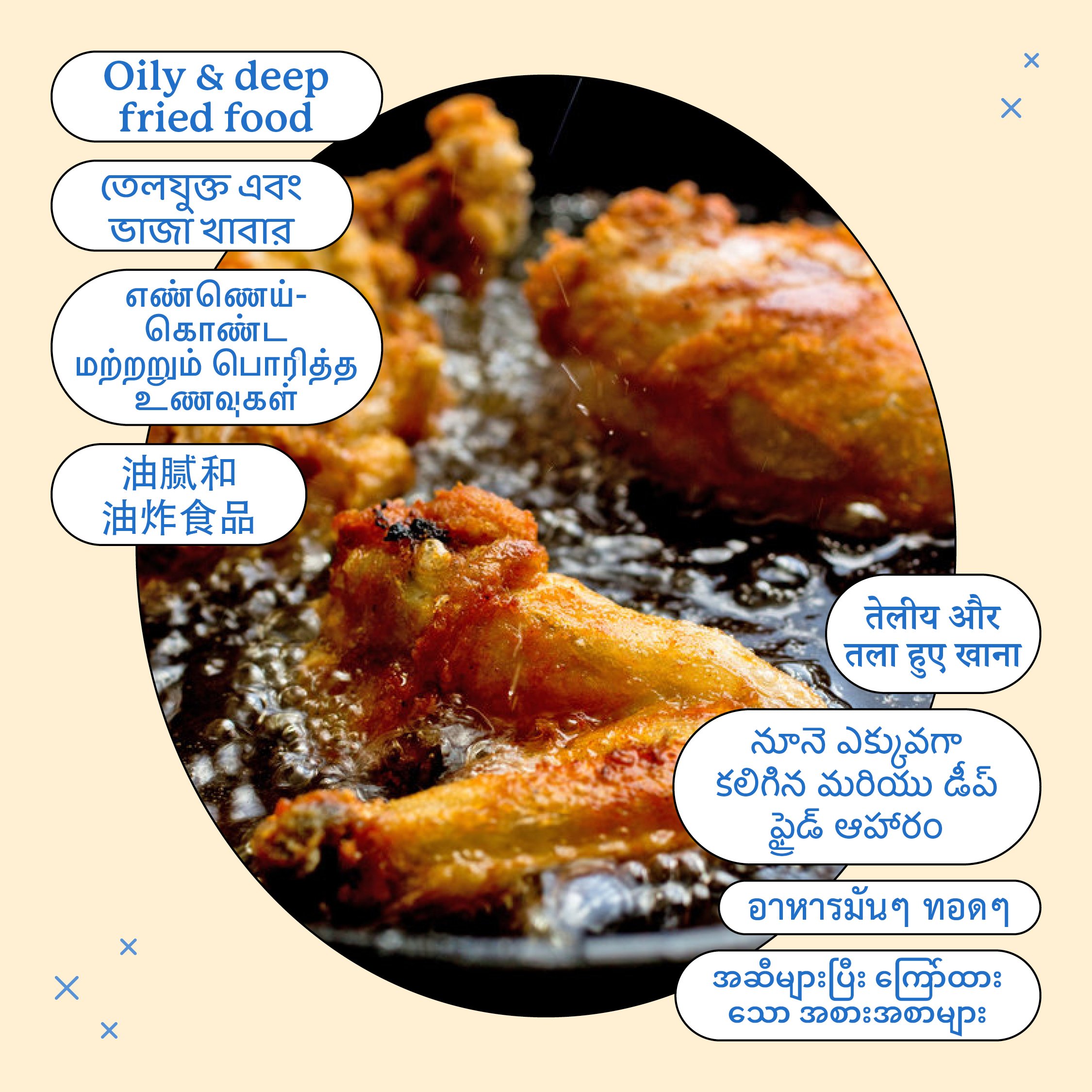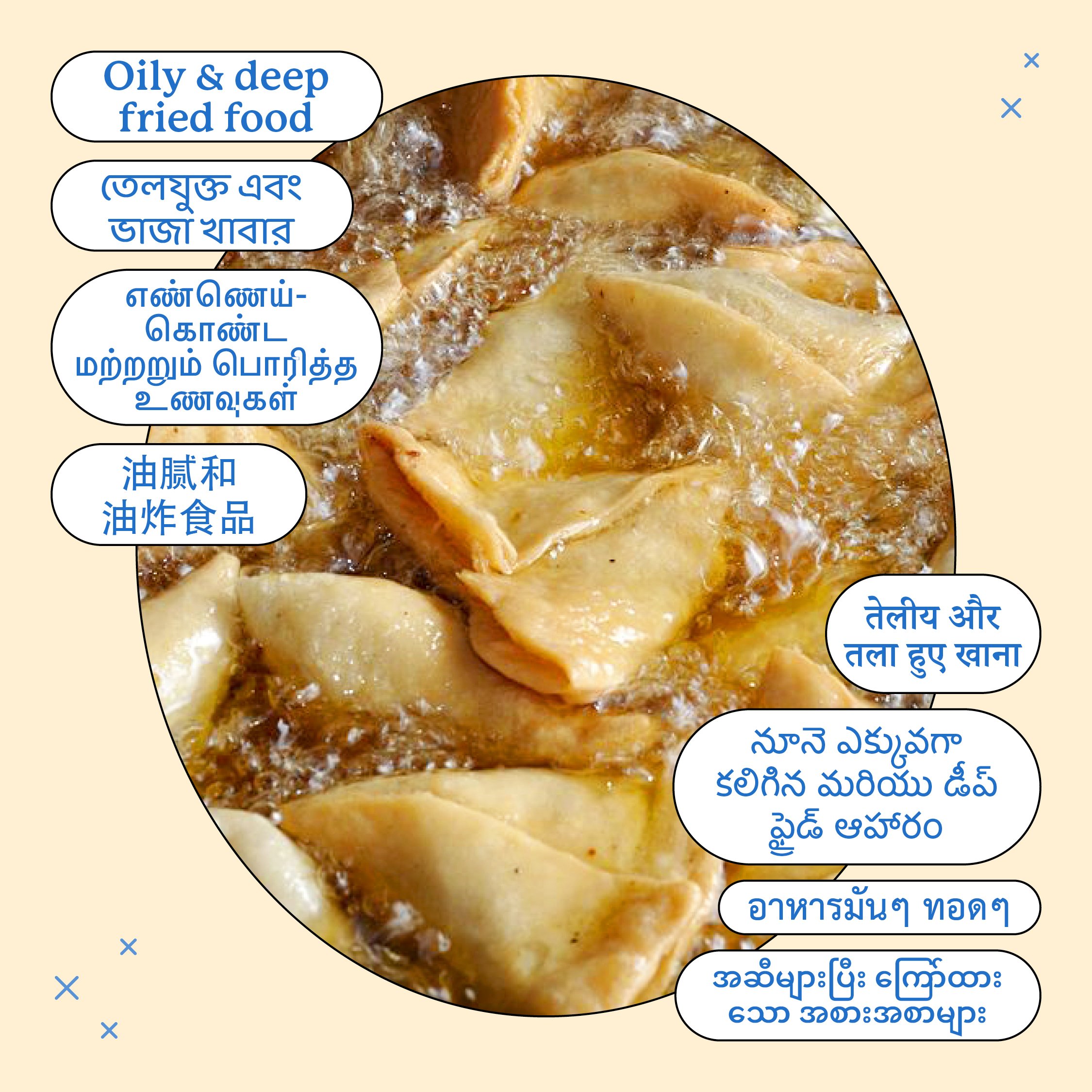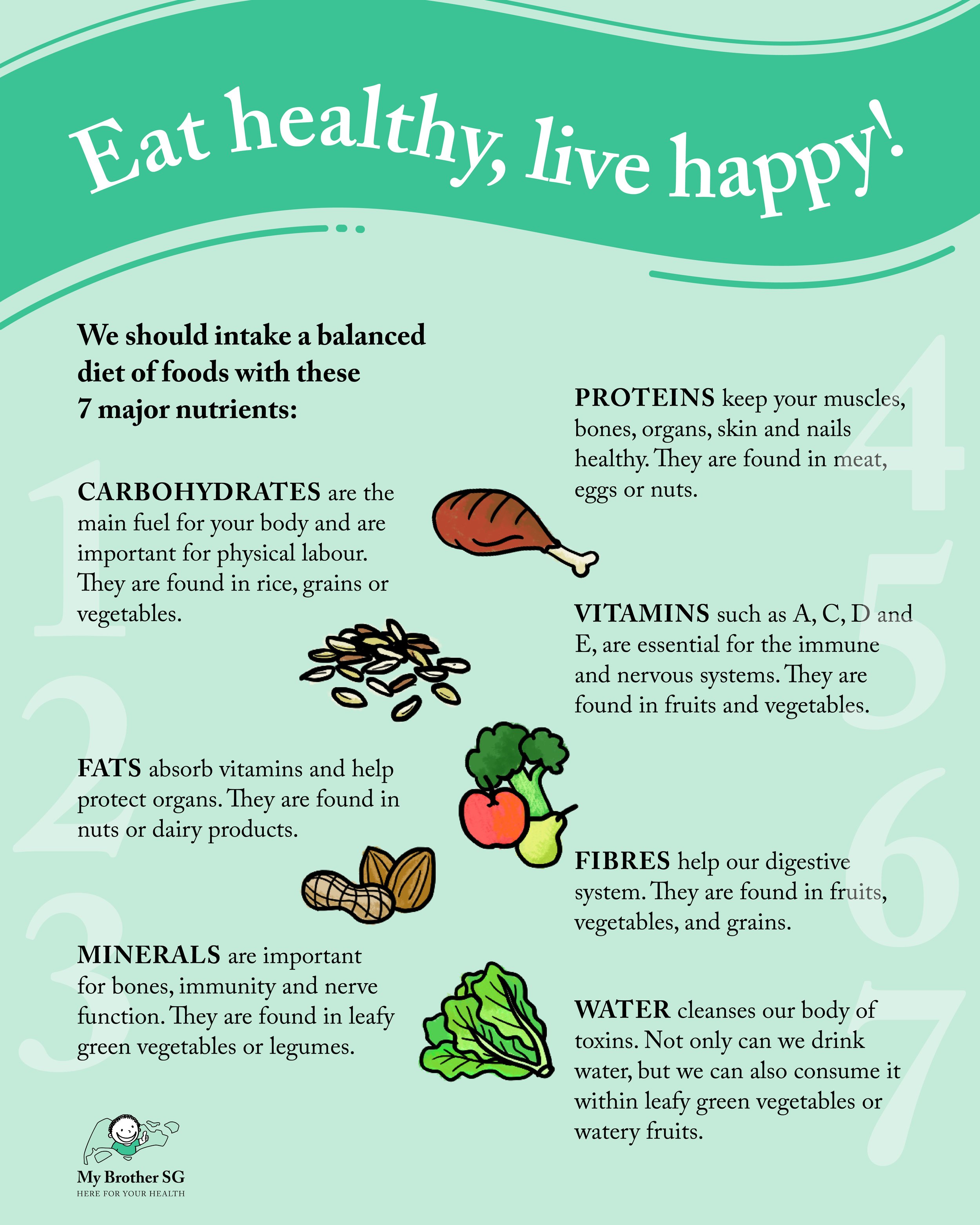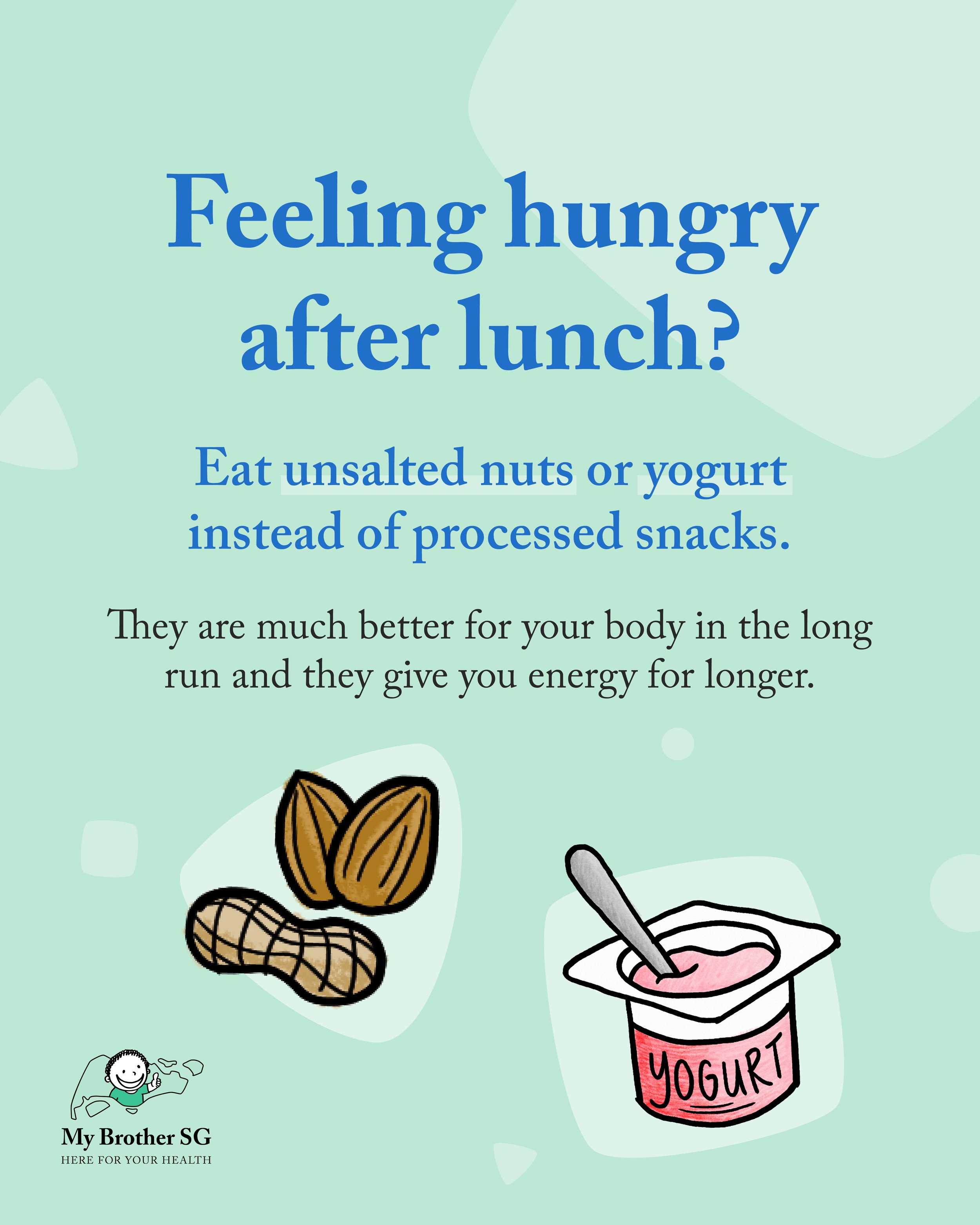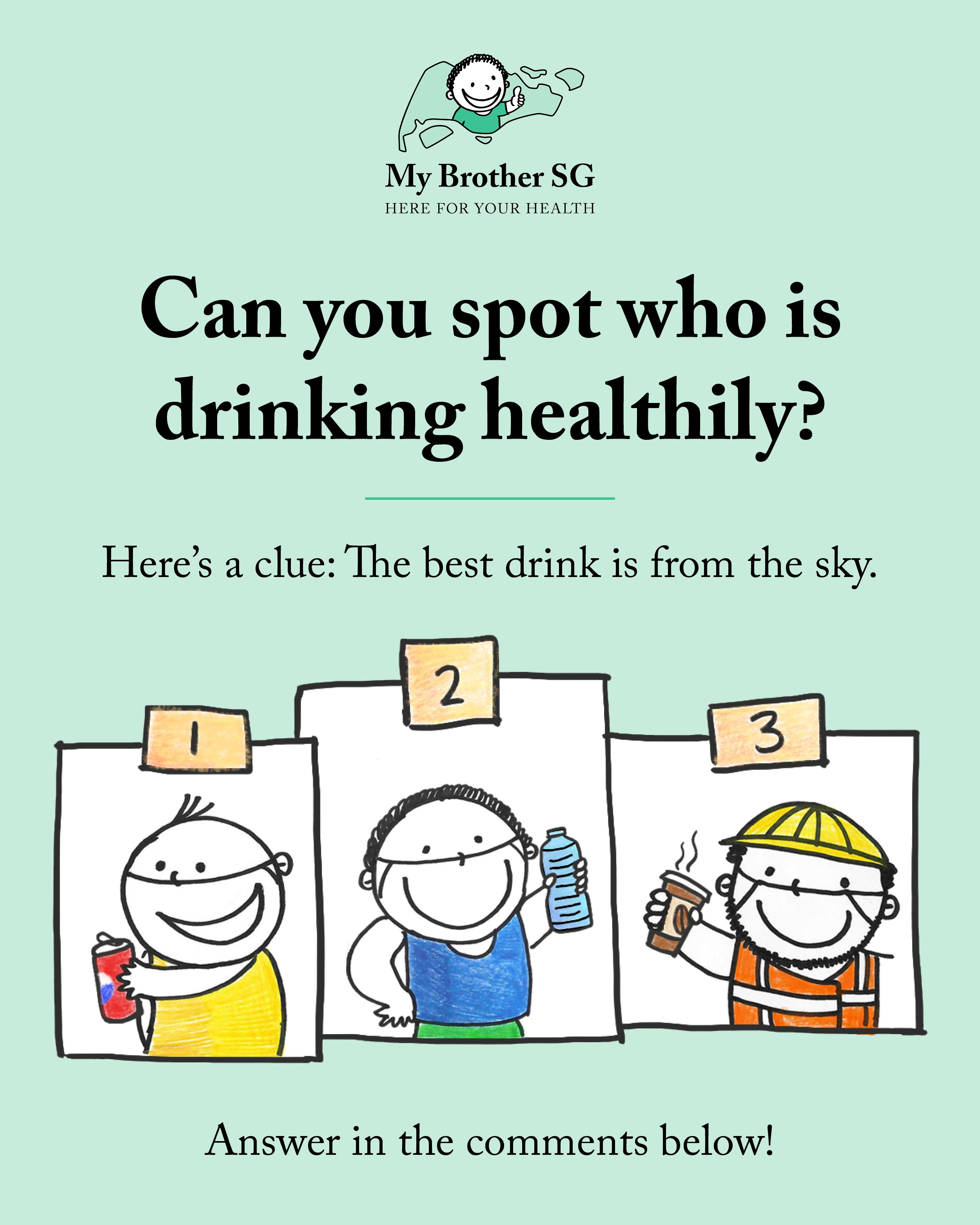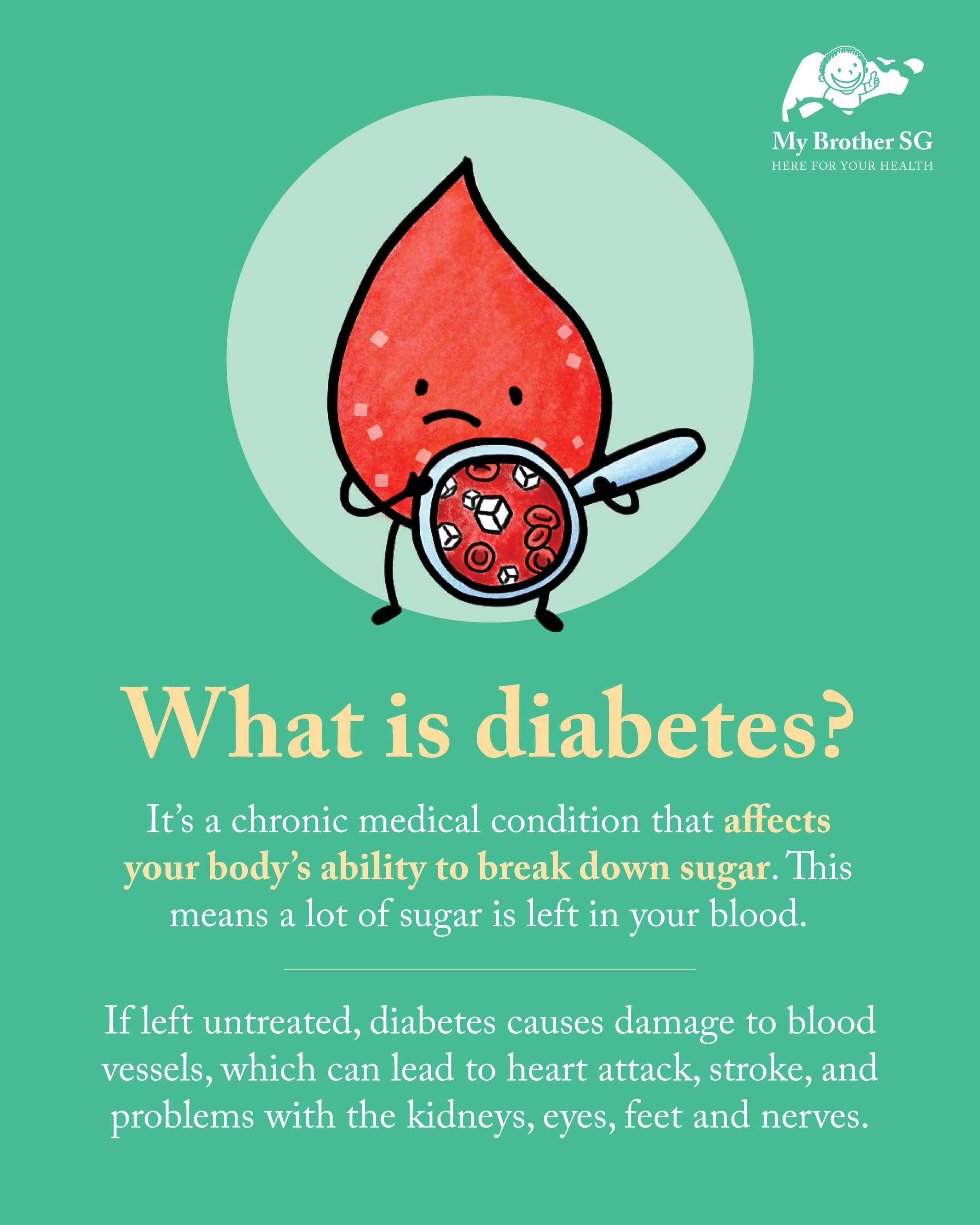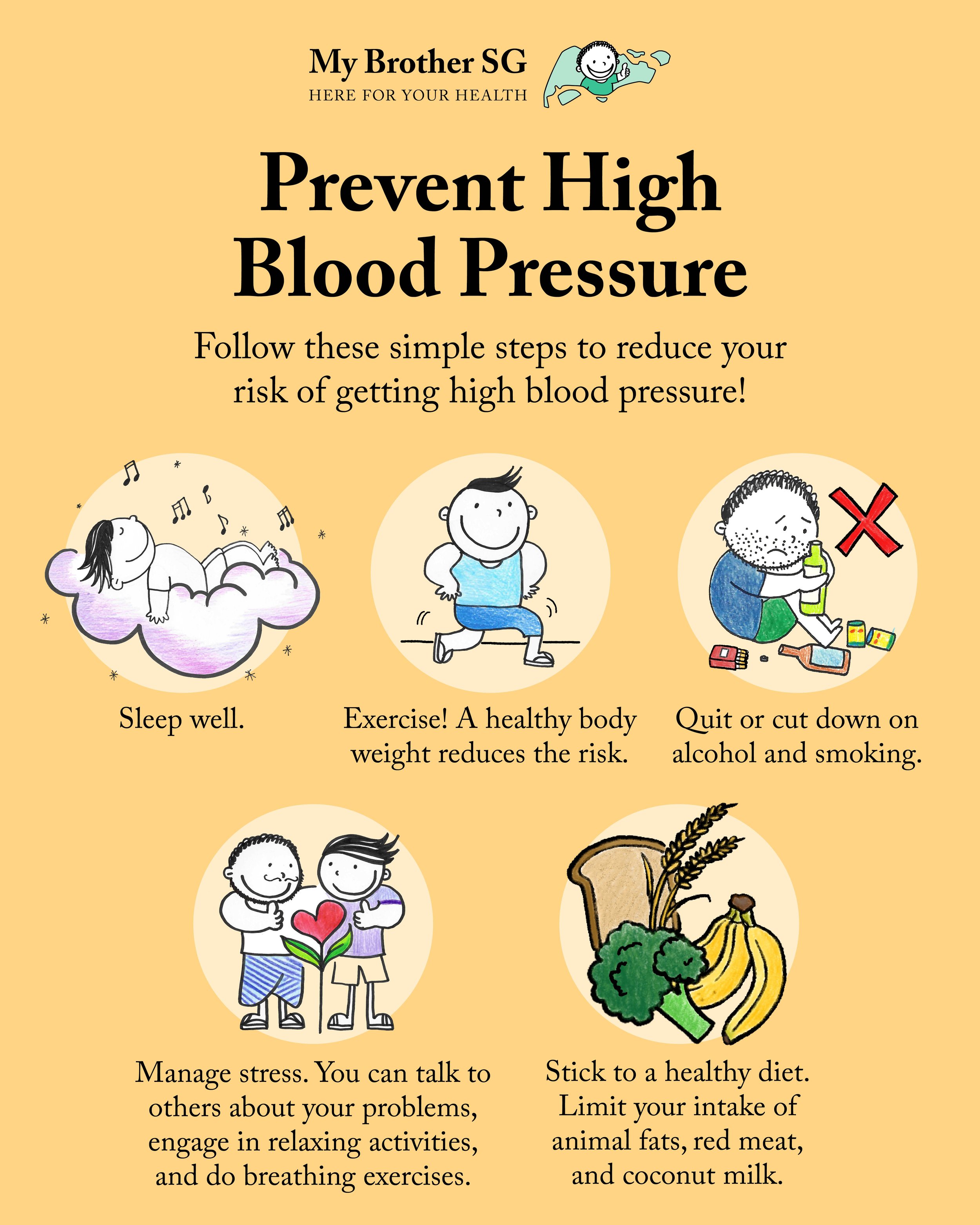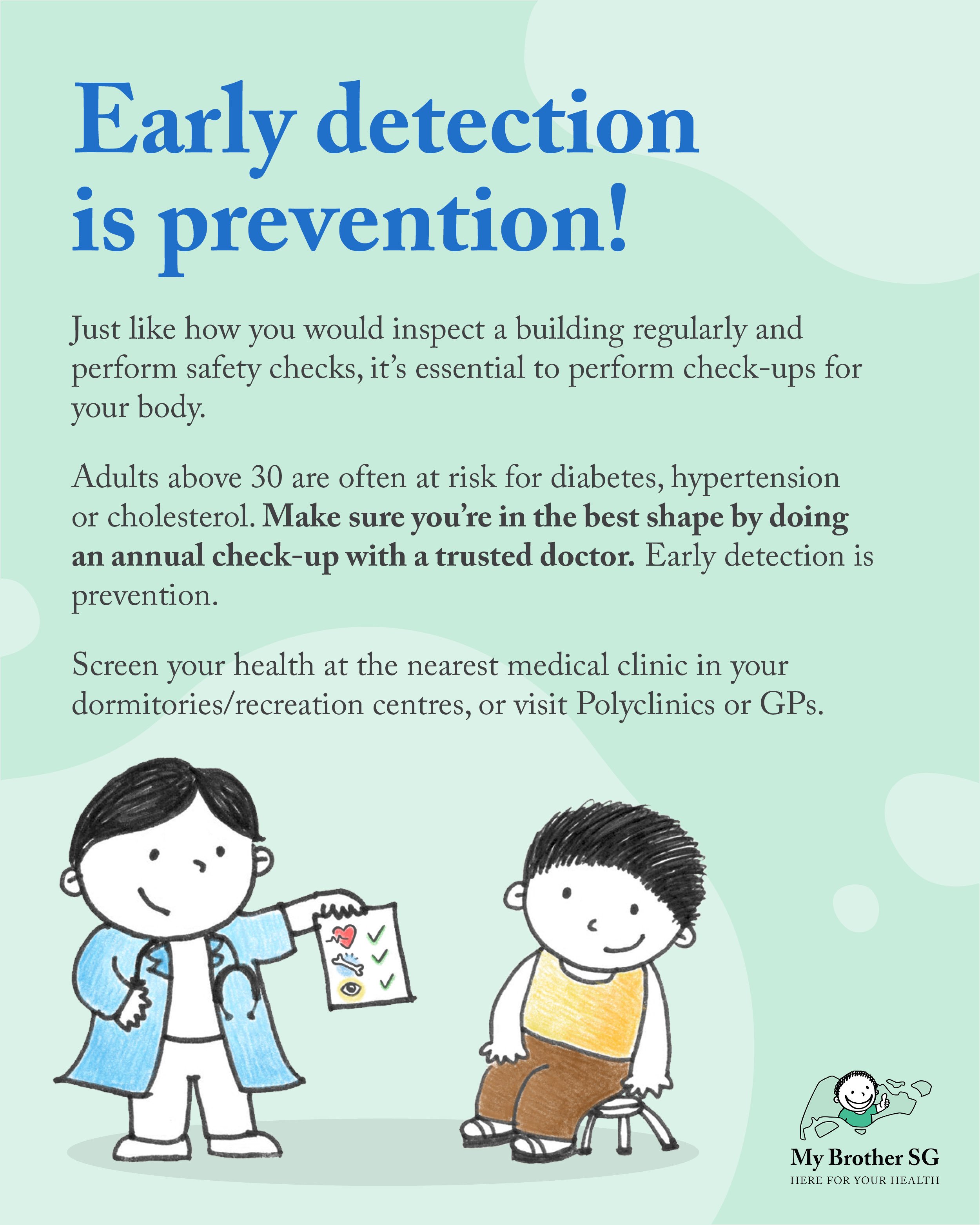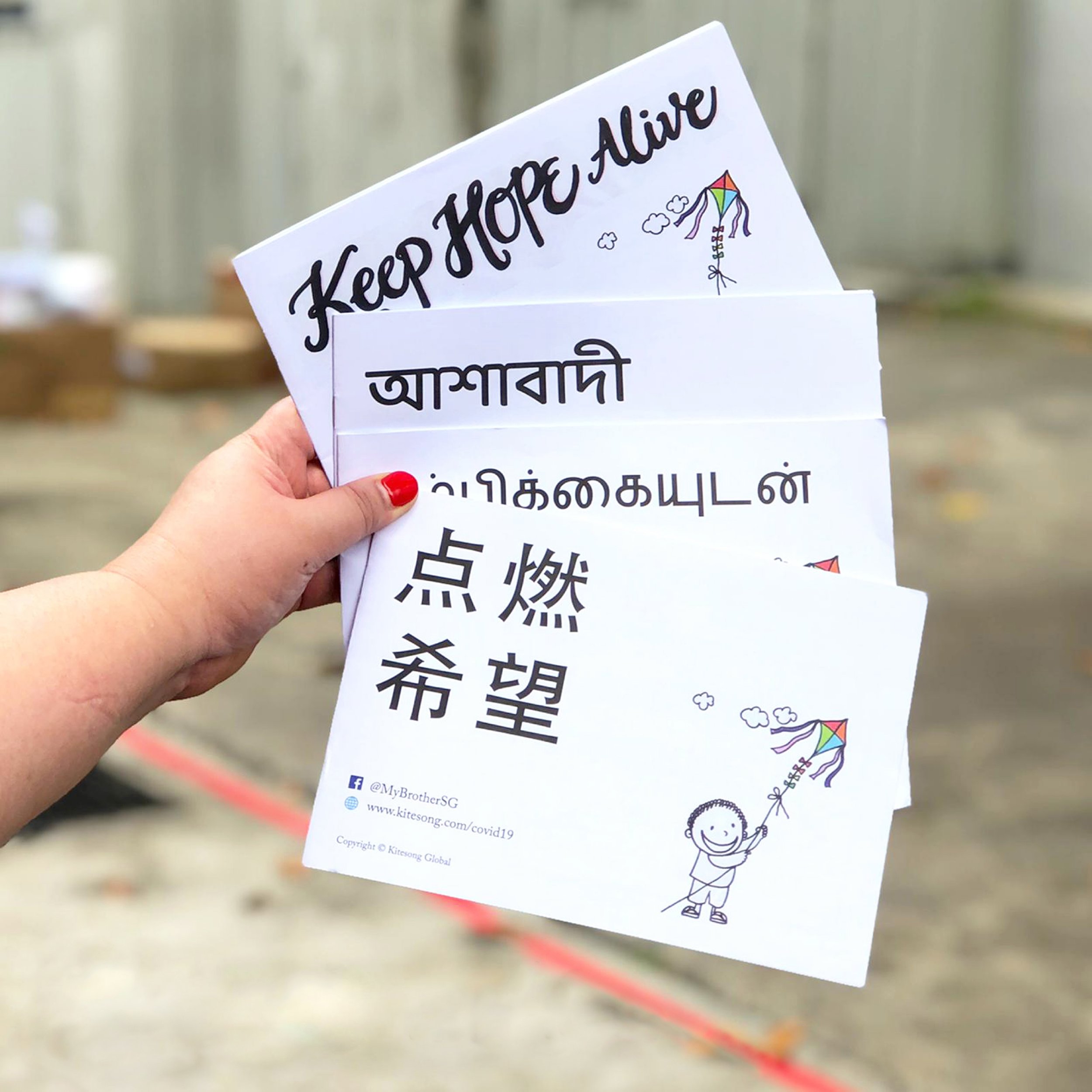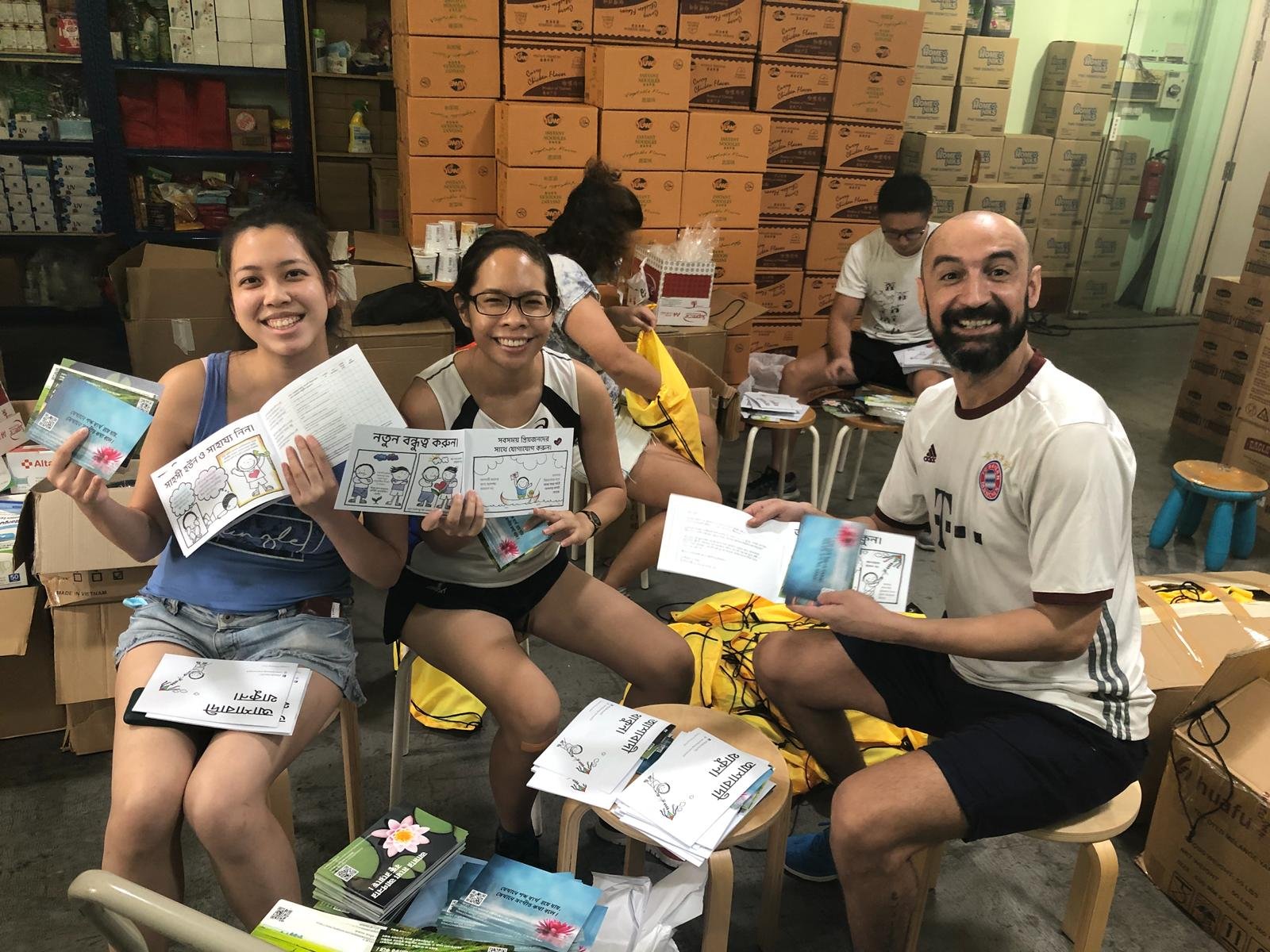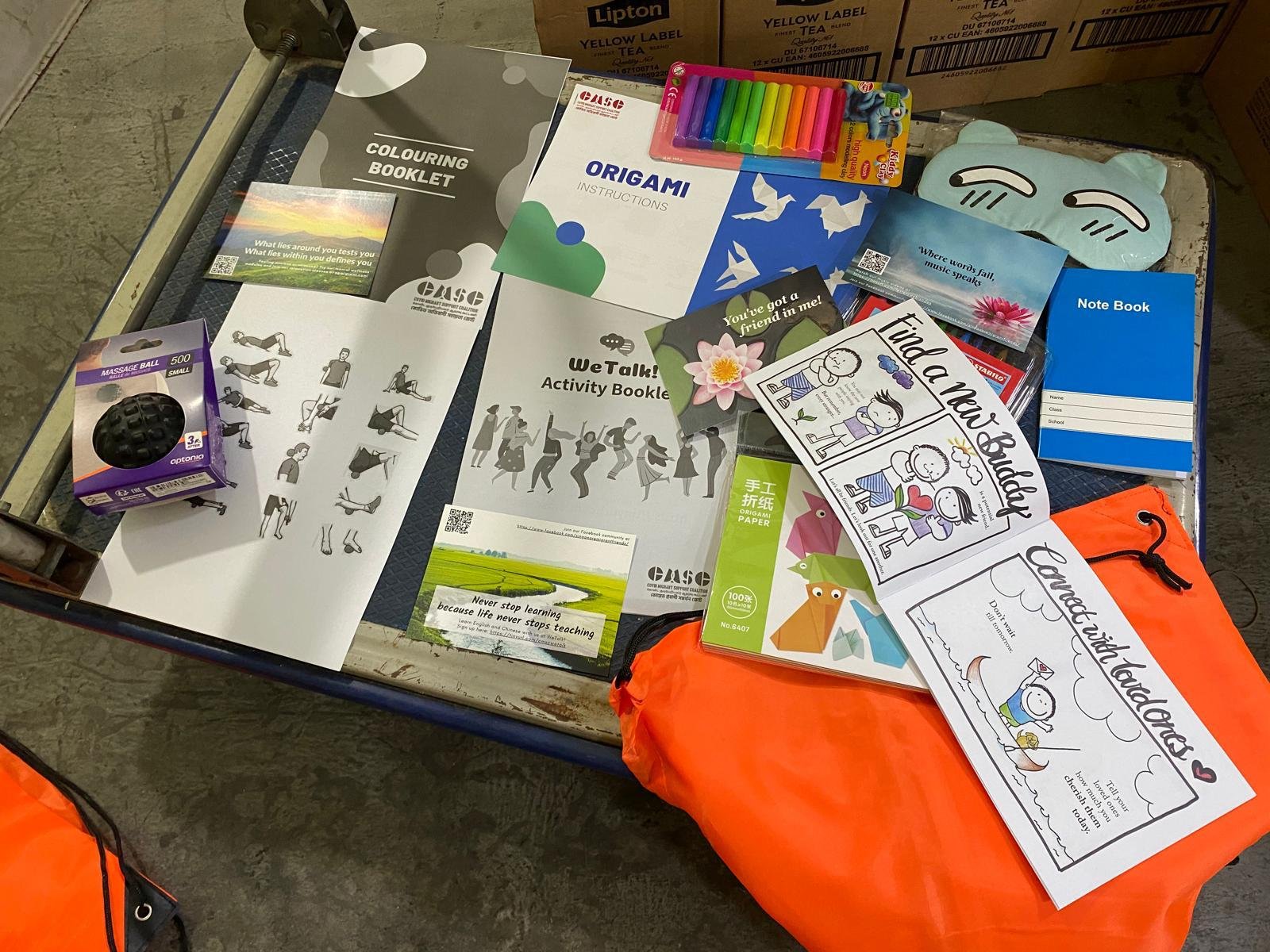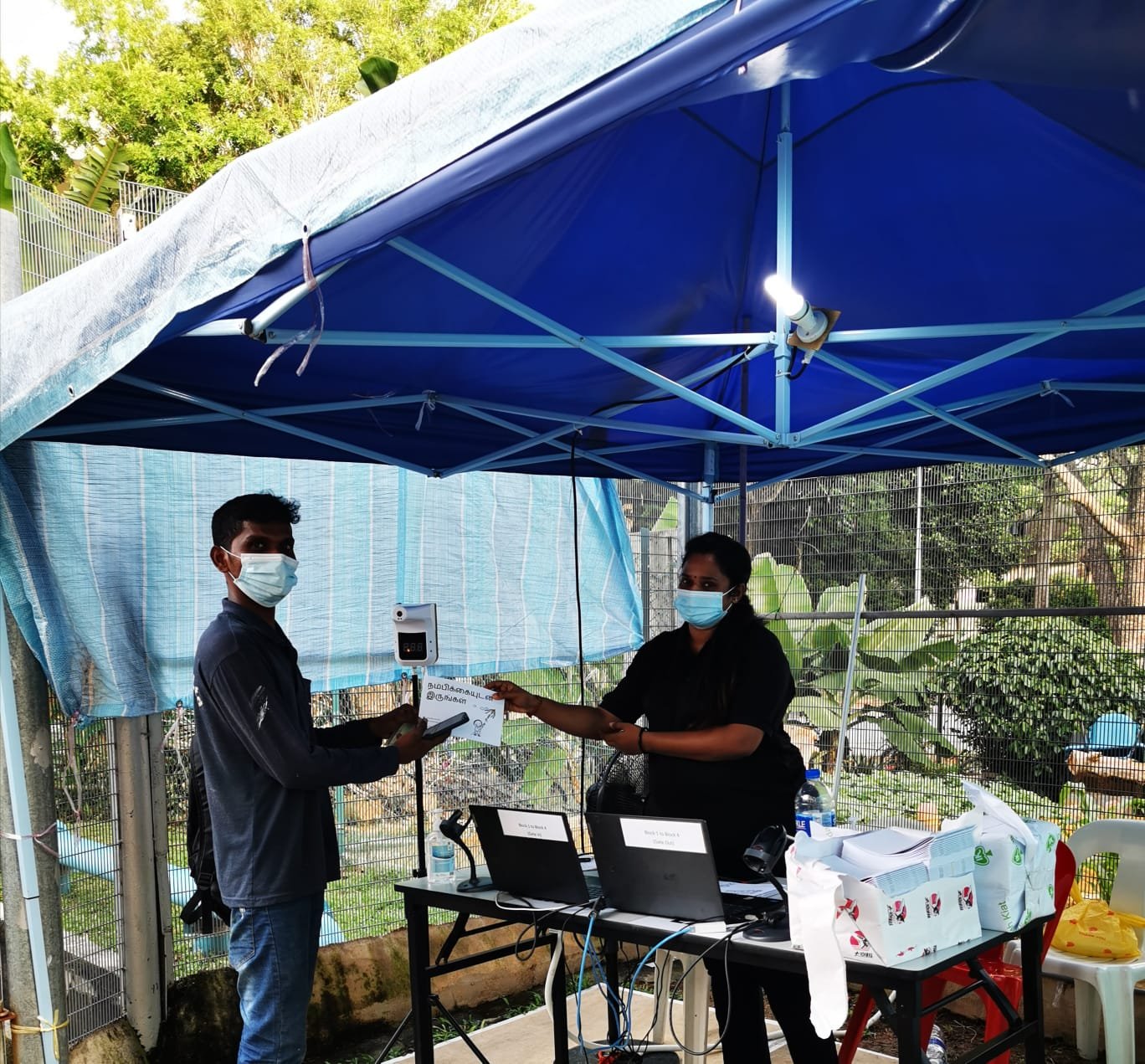3 Tips for Healthy Eating
স্বাস্থ্যকর খাদ্যাভাসের জন্য তিনটি টিপস্
ஆரோக்கியமாக சாப்பிடுவதற்கு 3 ஆலோசனைகள்
健康饮食的3个秘诀
Nutrition plays a big role in our well-being. A balanced diet is necessary to provide our bodies with essential nutrients. Eating healthily not only fuels our daily activities but also serves as an investment in our long-term health and the prevention of chronic diseases.
We asked Cherie Ko, a UK registered nutritionist that specialises in public health nutrition, to share some easy, helpful tips that migrant workers can incorporate into their daily lives for a healthy diet.
1. Make Healthier Food Choices | স্বাস্থ্যকর খাদ্যাভ্যাস তৈরী করুন | ஆரோக்கியமான உணவுகளை தேர்ந்தெடுங்கள் | 选择更健康的饮食
Eating healthily is all about balance. Choosing foods that provide your body with a balance of essential vitamins, minerals, protein, fibre, healthy fats and energy is critical to fuelling your body for daily activities.
Fruits and vegetables – Fruits and vegetables are packed with minerals, vitamins and fibres. These nutrients are important for your immunity, nervous and digestive systems. Fruits and vegetables are also a great source of water that helps us stay hydrated. Eating different types and varieties of fruits and vegetables ensures you get all the essential vitamins and minerals. It also promotes good gut health.
Lean proteins – Protein is needed for growth and repair of body tissues. They are particularly important for healthy muscles, bones, organs, skin and nails. Foods that are high in protein include lean meat like chicken breast, fish, eggs and bean products (lentils, chickpeas, tofu).
Whole grains – Whole grains are rich in fibre and a great source of carbohydrates. They serve as fuel for your body and are essential for sustaining energy levels, especially during physical labour. Whole grains, like brown rice and wholewheat bread/chapati, are low in glycaemic index (GI) and release carbohydrates into the blood at a slower rate. This keeps you feeling fuller for longer, while also lowering the risk of developing chronic disease.
Excluding foods and food groups is not necessarily a good idea. Focus on limiting less nutritious options and swapping them for foods that are able to provide nutrients and energy to better fuel your body.
Ultra-processed foods – Ultra-processed foods, such as instant noodles and microwave-ready meals, often contain high levels of salt, sugar and fat. When consumed in excess, they can increase the risk of health issues, such as heart disease, obesity, high blood pressure and diabetes. Planning your meals or preparing healthy snacks in advance can help you avoid turning to processed foods when you are busy.
Sugary treats – Consuming a diet that is rich in added sugar can be a major factor in weight gain and is closely linked to an elevated risk of various diseases, including heart disease, type-2 diabetes, and dental issues. Opting for natural sources of sugar, such as fresh or dried fruits, instead of indulging in sugary treats, like ice cream, chocolate, cookies, and soda, can lead to improved health outcomes.
Excess salt – Salt is present in many foods that we eat, even foods that are classified as sweet, such as cookies, cakes and breads. Consuming too much salt can increase your blood pressure and increase the risk of developing heart and circulatory diseases, such as stroke and heart attack. Look out for food products that are lower in salt or use sauces that are lower in sodium to help reduce your overall salt intake.
Oily and deep fried food – Fried foods, such as fried chicken and samosas, are high in saturated fatty acids and trans fats. Frequent consumption of fried foods can raise bad cholesterol, which can build up on the wall of your blood vessels and increase the risk of heart disease and stroke. Enjoy these foods as an occasional treat rather than part of your everyday diet.
When shopping for food, look out for:
Specific words like “wholemeal”, “wholegrain”, “wholewheat”, or “oat/whole oat” in the ingredient list
Healthier choice symbol
Phrases such as “lower in sugar/salt” or “high in fibre” on food packaging
2. Eat Balanced Portions | সুষম পরিমাপে খাবার খান | சமமான அளவுகளில் உண்ணுங்கள் | 吃均衡的饮食
While it is essential to incorporate nutritious foods into your diet, it is equally important to be mindful of the portions you consume.
Plan your meals with My Healthy Plate guidelines: fill half your plate with fruits and vegetables, a quarter with lean protein, and another quarter with whole grains.
3. Other Meal Intake Tips | খাদ্য গ্রহণের অন্যান্য টিপস্ | மற்ற உணவு சார்ந்த ஆலோசனைகள் | 其它进餐的贴士
So far, we have covered what to eat and how much. Did you know that your meal choices at different times of the day as well as food safety can also impact your health?
Here are some meal intake tips:
Having bigger meals for breakfast and lunch provide energy needed for the day.
If you have shift work or do not have the time for a proper meal, consider having multiple small meals throughout the day or munch on healthy snacks.
Eat dinner at least 1-2 hours before sleeping. This gives your body sufficient time to digest, reducing the likelihoods of indigestion or acid reflux. If an early dinner is not feasible, opt for easily digestible foods, such as fruit and steamed/raw vegetables, or pair them with a source of healthy fat, such as peanut butter or yogurt, to help you feel full.
Avoid spicy and oily foods at night. These foods are harder to digest and can lead to indigestion and acid reflux. This can impact sleep quality or make it harder for you to fall asleep.
Avoid coffee, tea, energy drinks and soft drinks at least 6 hours before your bedtime. The caffeine in these drinks can give you a temporary boost in energy, but can negatively impact sleep quality and duration.
Eat cooked food within 2 hours of preparation. Leaving cooked food at room temperature for more than 2 hours can encourage the growth of bacteria which may not be killed even after reheating.
Aim to eat leftover cooked food in the fridge within 3-4 days. Refrigeration only slows down bacteria growth and bacteria can still grow at refrigeration temperatures.
Related Resources
You may also be interested in these nutrition infographics:
Find more resources here.
